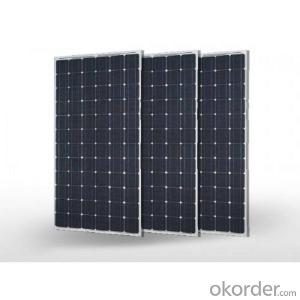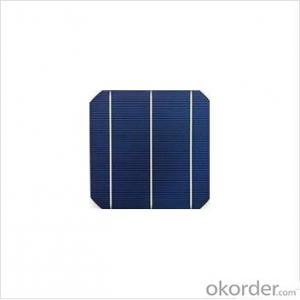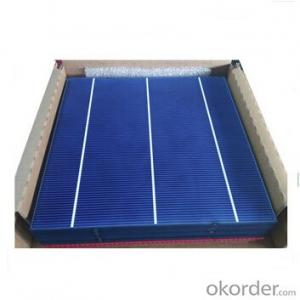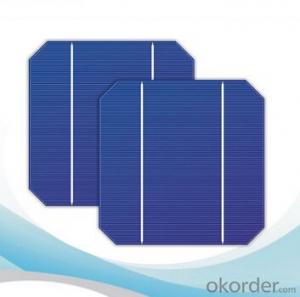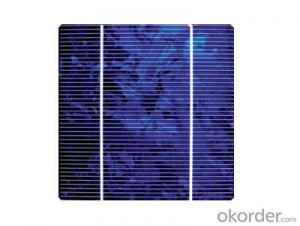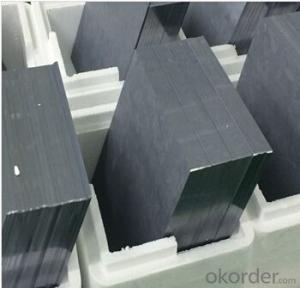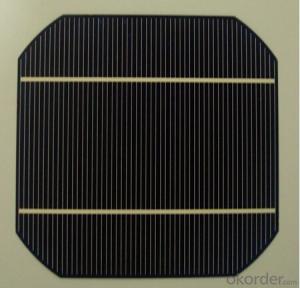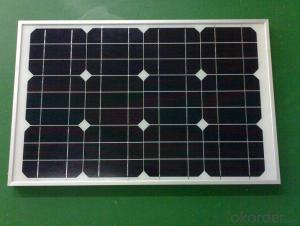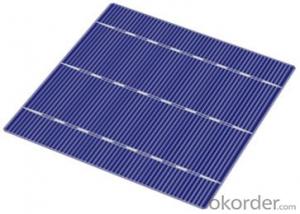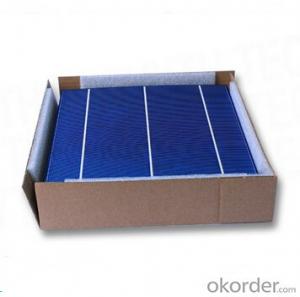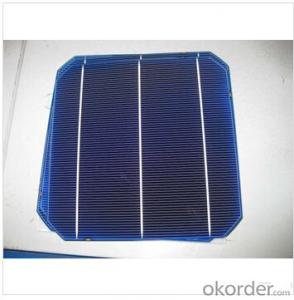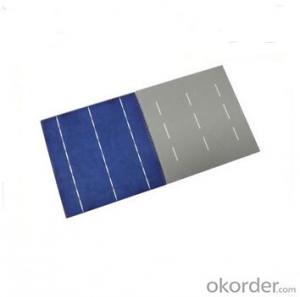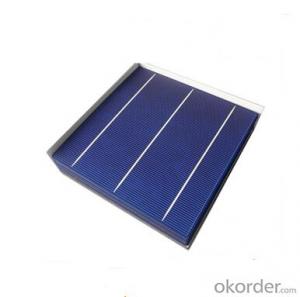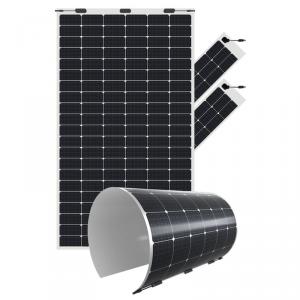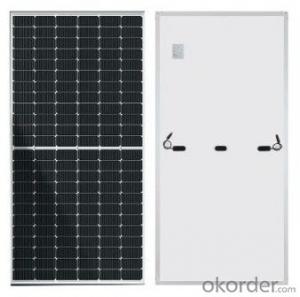Axia Solar Q Cells
Axia Solar Q Cells Related Searches
Q Cells Solar Hanwha Solar Q Cells Q Cell Solar Module Hanwha Q Cells Solar Q Cells Solar Panel Hanwha Q Cells Solar Panels Q Cells Solar Panels Q Cells Solar Modules Q Cells Solar Panels For Sale Amorphous Silicon Solar Cells Hanwha Q Cells Solar Panel Chinese Solar Cells Q Cells Solar Panel Prices Quantum Solar Cells Q Cells Solar Stock Are Q Cells Good Solar Panels Q Cells Solar Panels Price Aiko Solar Cells Aoshike Solar Cells Amorphous Solar Cells Quantum Vacuum Solar Cells 3x6 Solar Cells High Quality Solar Cells Azur Solar Cells Q Antum Solar Module 6x6 Solar Cells Q Cells 400w Solar Panel Aerospace Solar Cells Hexagonal Solar Cells Agbis2 Solar CellsAxia Solar Q Cells Supplier & Manufacturer from China
Axia Solar Q Cells are high-quality photovoltaic products known for their efficiency and durability. These solar cells are designed to convert sunlight into electricity, making them an ideal solution for various applications such as residential, commercial, and industrial power generation. They are engineered to withstand harsh weather conditions and maintain peak performance over an extended period, ensuring a reliable and sustainable energy source.Axia Solar Q Cells find their application in a wide range of usage scenarios, including rooftop installations, solar farms, and off-grid power systems. They are particularly suitable for areas with abundant sunlight, where they can generate significant amounts of clean energy to offset electricity costs and reduce reliance on fossil fuels. The versatility of these solar cells makes them a popular choice for both small-scale and large-scale renewable energy projects, providing a cost-effective and eco-friendly alternative to traditional energy sources.
Okorder.com is a reputable wholesale supplier of Axia Solar Q Cells, boasting a vast inventory to cater to the growing demand for renewable energy solutions. Their extensive stock ensures quick delivery and competitive pricing, making them a preferred choice for businesses and individuals seeking to invest in solar technology. By partnering with Okorder.com, customers can benefit from their expertise and commitment to providing top-quality products that meet the highest industry standards.
Hot Products
